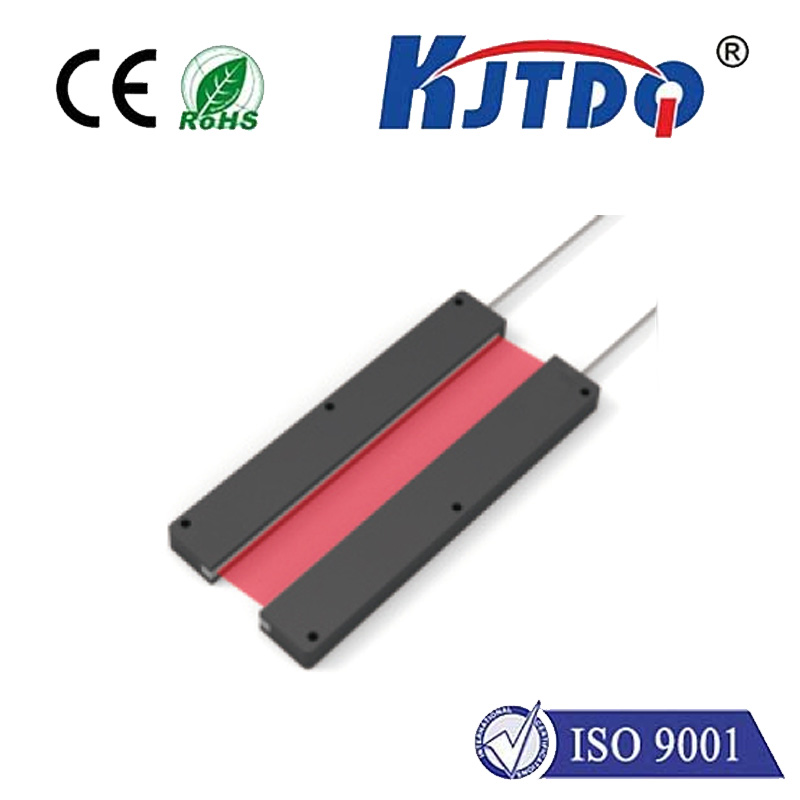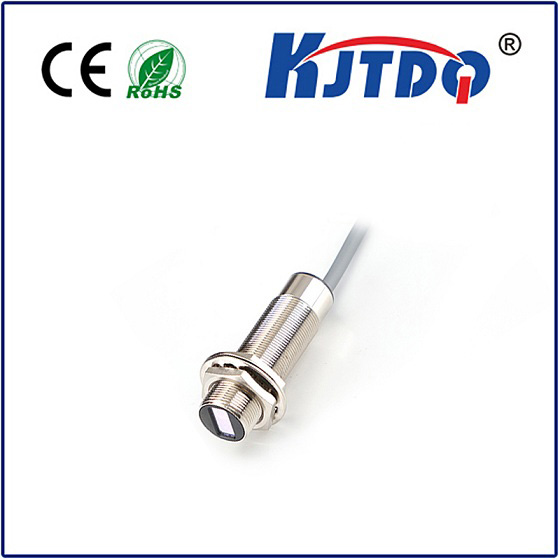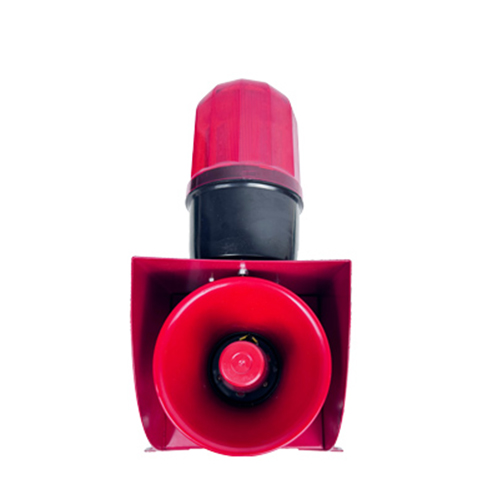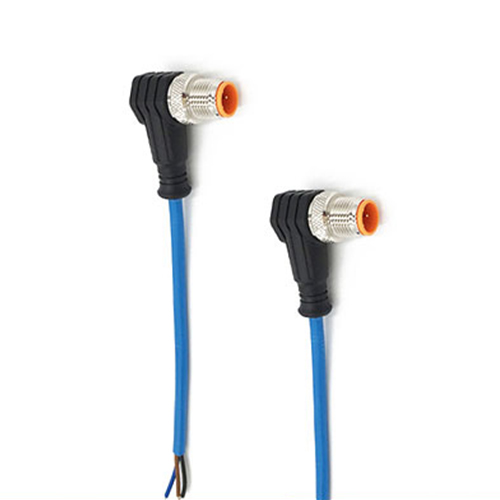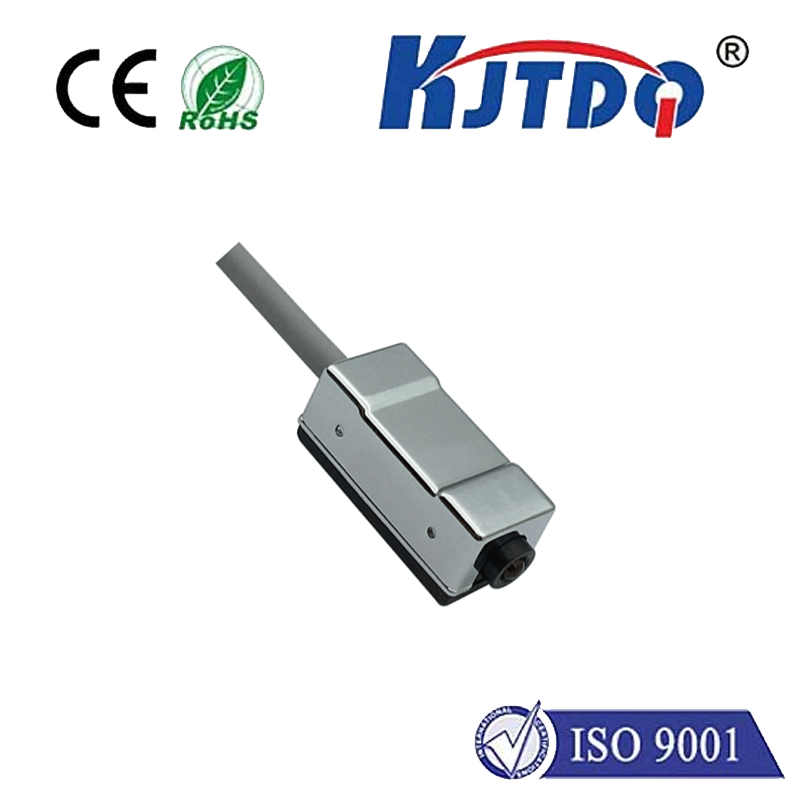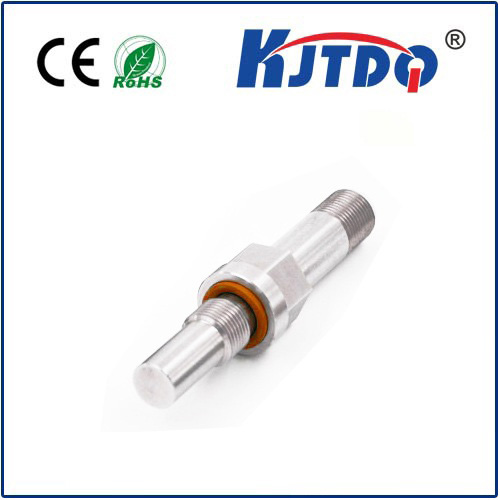photoelectric infrared sensor
- time:2025-09-13 04:35:00
- Click:0
Photoelectric Infrared Sensors: The Unseen Detectives in Our Automated World
Have you ever approached a set of automatic doors and marveled at how they seem to know you’re there? Or watched a factory conveyor belt flawlessly detect and sort items without human touch? Behind these seemingly mundane acts of automation often lies a silent, invisible sentinel: the Photoelectric Infrared Sensor. These unassuming devices are fundamental building blocks of modern automation, playing critical roles in security, manufacturing, process control, and countless everyday conveniences. But how exactly do they “see” what we cannot?
Understanding the Core Principle: Light Interrupted
At its heart, a photoelectric infrared sensor operates on a brilliantly simple principle: it uses infrared light to detect the presence, absence, or position of an object. Unlike Passive Infrared (PIR) sensors that detect heat emitted by objects, photoelectric IR sensors are active. This means they generate their own specific beam of infrared light and monitor what happens to it.
Here’s the breakdown:

- The Emitter: One part of the sensor houses an infrared light-emitting diode (IR LED). This component generates a focused beam of light. Crucially, this light is in the infrared spectrum, typically around 880-950 nanometers wavelength, making it invisible to the human eye. This choice avoids interference from ambient visible light.
- The Receiver: Positioned opposite the emitter (or integrated in specific configurations) sits the receiver. This component is usually a phototransistor or photodiode specifically tuned to be highly sensitive to the exact wavelength of infrared light emitted by its paired emitter.
- The Detection Process: The core functionality hinges on the interruption or reflection of the emitted IR beam:
- In the most common setup (through-beam), the emitter and receiver face each other across the detection zone. When an object passes between them, it interrupts the beam, causing the receiver to detect a significant drop in the received IR light level. This triggers the sensor’s output signal, indicating “object present.”
- In the retro-reflective mode, both emitter and receiver are housed together. They face a special reflector. The emitted beam bounces off the reflector and returns to the receiver within the same unit. An object passing through breaks this return beam, leading to detection.
- Diffuse reflective sensors also house both emitter and receiver together. Instead of aiming at a reflector, they aim directly at the target. The emitter sends out IR light; if a suitably reflective object is within range, some light bounces (diffuses) back towards the receiver. Detecting this returned signal indicates presence.
Why Infrared? The Advantages Shine
The use of infrared light offers several distinct advantages over visible light for photoelectric sensing:
- Invisibility: Being invisible, the sensor beam doesn’t cause distraction or visual pollution.
- Ambient Light Immunity: These sensors are specifically designed to filter out the common wavelengths of visible light, making them highly resistant to interference from sunlight, room lighting, or other common light sources. Modern sensors achieve this through techniques like modulation – pulsing the IR beam at a specific high frequency. The receiver is then tuned to detect only that specific frequency, ignoring constant or differently modulated light sources.
- Reliability & Consistency: Infrared light provides a stable and consistent medium for detection across various environments.
- Long Range: IR sensors, particularly through-beam types, can achieve remarkably long detection ranges compared to visible light sensors.
Photoelectric IR vs. PIR Sensors: Clearing the Confusion
It’s vital to distinguish photoelectric infrared sensors from their passive infrared (PIR) counterparts, as the names are often shortened to just “infrared sensor,” causing confusion.
- Photoelectric IR Sensors (Active): Emit their own infrared light beam and detect changes in that beam (interruption or reflection). Primarily used for object presence/absence detection, counting, positioning, and level sensing. They detect objects regardless of the object’s temperature (e.g., metal, plastic, liquid).
- Passive Infrared (PIR) Sensors (Passive): Do not emit any light. Instead, they detect changes in the ambient infrared radiation (heat) emitted by objects (like humans or animals). Primarily used for motion detection in security systems and lighting controls. They detect moving heat sources.
Where You Find Them: Applications Galore
The versatility and reliability of photoelectric infrared sensors make them ubiquitous:
- Industrial Automation: The backbone of manufacturing. Used for object detection on conveyors, precise positioning in robotic arms, counting parts, verifying presence at assembly stations, detecting fill levels (e.g., bottles, boxes), and triggering operations like welding or printing only when a part is present.
- Security Systems: Forming safety light curtains around dangerous machinery (beam interruption stops the machine), detecting intruders crossing defined perimeters (through-beam barriers), and triggering door locks or alarms.
- Consumer Products: Enabling touchless flush mechanisms in toilets and urinals (diffuse reflection), automatic faucets, paper towel dispensers, and the automatic doors mentioned at the start.
- Vending Machines & Counters: Detecting products dropping, verifying coin/bill entry, and counting items.
- Packaging Machinery: Ensuring labels are applied consistently and packaging is sealed only when a product is present.
- Transportation & Logistics: Sorting packages on conveyor systems, detecting vehicles in car washes or toll booths, and managing warehouse stock levels.
The Enduring Power of the Invisible Beam
From ensuring worker safety near robotic arms to providing the simple convenience of hands-free faucets, photoelectric infrared sensors are the unseen workhorses of automation. Their ability to reliably detect objects using an invisible, modulated infrared beam provides a robust and versatile solution largely immune to challenging lighting conditions. By mastering the emission and reception of specific infrared wavelengths, these sensors offer precise, non-contact detection – proving that sometimes, what we can’t see is the key to making our visible world work more efficiently and intelligently. Their role in object detection and process control continues to expand as industries demand ever-greater levels of automation precision and efficiency.






